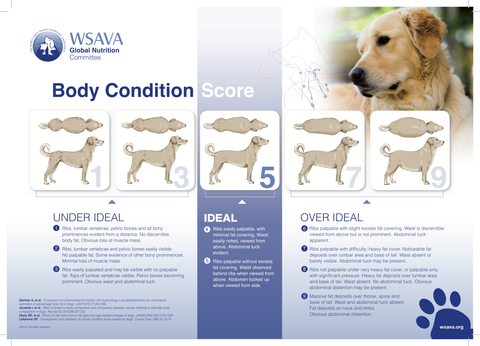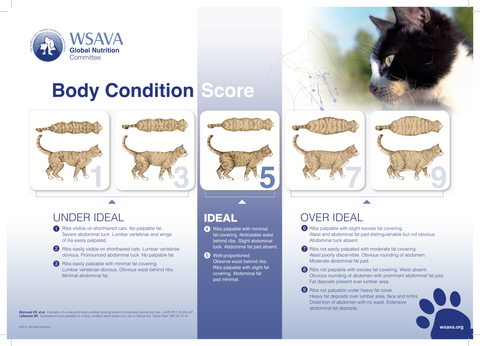October 11th was World Pet Obesity Awareness Day, so you can definitely say that pet obesity is extremely prevalent. Each year, the Association for Pet Obesity Prevention launches a survey for pet parents and veterinarians to check in with them about their pets weight.
In 2022, in the US, 59% of dogs and 61% of cats were overweight or obese. Being overweight or obese as a dog or cat puts them at risk for many other health conditions, like diabetes, cardiovascular disease, arthritis, and high blood pressure.
To help the pet population, it's important to bring awareness to pet obesity, hence World Pet Obesity Awareness Day on October 11th, and Pet Obesity Awareness month in October.
Unfortunately, pet parents need more awareness regarding pet obesity since there is a lack of understanding of the problem. Almost one third of owners who had an overweight or obese pet thought their pet had a normal or ideal body condition, despite their veterinarian saying the opposite.
It can also be difficult to facilitate weight loss even when pet parents realize their pets are overweight. Pet parents can feel guilty about their pets seeming hungry. Plus, they believe treating/feeding their pets is a main source of their pets happiness and contributes to the bonding experience. These factors can make it difficult for pet parents to stick to a weight loss regimen for their pets.
Overfeeding pets unintentionally is also another contributor to weight gain. Using measuring cups can be inaccurate when feeding your pet, and switching to weighing your pets food using a scale could help improve their weight.
Weight loss strategies can include feeding a diet specifically formulated for weight loss, feeding your pet less treats/table scraps and improving exercise routines with your pet. You can also swap high calorie treats for lower calorie options, like HOPE's soft treats for sensitive tummies and for healthy skin and coat. These are only 3-4 calories per treat!
How to determine if your dog or cat is overweight:
At home, you can use a body condition score chart and feel your pet to determine which score they would have. Check out the charts below; If your pet has an ideal weight, you will be able to feel their ribs easily without a lot of fat covering them. You should be able to see their waist easily from above, and an abdominal tuck from the side.


If you think your pet is overweight, taking them to your veterinarian and weighing them is a more objective way to determine if they are overweight. If your pet is overweight, then you can go through different weight loss strategies with your veterinarian (ie. feed a weight loss diet, feed an appropriate amount of a maintenance diet, feed less treats, more exercise).
References
Association for Pet Obesity Prevention. (2023). https://www.petobesityprevention.org/
Global nutrition guidelines. WSAVA. (2023). https://wsava.org/global-guidelines/global-nutrition-guidelines